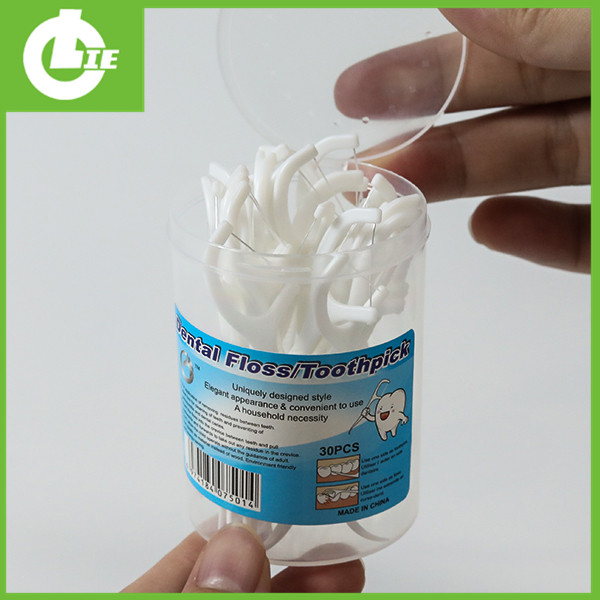- English
- 简体中文
- Español
- Português
- русский
- Français
- 日本語
- Deutsch
- tiếng Việt
- Italiano
- Nederlands
- ภาษาไทย
- Polski
- 한국어
- Svenska
- magyar
- Malay
- বাংলা ভাষার
- Dansk
- Suomi
- हिन्दी
- Pilipino
- Türkçe
- Gaeilge
- العربية
- Indonesia
- Norsk
- تمل
- český
- ελληνικά
- український
- Javanese
- فارسی
- தமிழ்
- తెలుగు
- नेपाली
- Burmese
- български
- ລາວ
- Latine
- Қазақша
- Euskal
- Azərbaycan
- Slovenský jazyk
- Македонски
- Lietuvos
- Eesti Keel
- Română
- Slovenski
- मराठी
Як правильно користуватися зубною ниткою
2022-02-14
Simple brushing can only remove about 65% of the plaque, and the remaining 35% of the plaque is hidden in the adjacent surface of the teeth (interdental), under part of the gingival margin, and in the dead corners caused by the misalignment of the teeth. It contributes a little to cause caries and periodontal disease. That's why even after brushing and flossing, you can still pull out the residue and smell something stinky! As the most commonly recommended method for removing adjacent plaque, flossing is effective for cleaning where toothbrush bristles cannot reach, and is suitable for most people.
Well, this is a textbook example of error. Proper flossing should look like this: Pull the floss out of the floss box and take an arm's length of floss (about 45 cm). Wrap the dental floss around the second knuckle of the index fingers of both hands, and wrap it two or three times to fix the dental floss. Do not wrap all the dental floss around the index finger, which will affect blood circulation.
Під час очищення ниткою передніх зубів великим пальцем однієї руки та вказівним пальцем іншої руки щільно протріть ниткою два нігті на відстані приблизно 1 см один від одного. Покладіть зубну нитку на місце з’єднання ясен і зубів, вказівним пальцем у рот, а великим – поза ротом.
Well, this is a textbook example of error. Proper flossing should look like this: Pull the floss out of the floss box and take an arm's length of floss (about 45 cm). Wrap the dental floss around the second knuckle of the index fingers of both hands, and wrap it two or three times to fix the dental floss. Do not wrap all the dental floss around the index finger, which will affect blood circulation.
Під час очищення ниткою передніх зубів великим пальцем однієї руки та вказівним пальцем іншої руки щільно протріть ниткою два нігті на відстані приблизно 1 см один від одного. Покладіть зубну нитку на місце з’єднання ясен і зубів, вказівним пальцем у рот, а великим – поза ротом.
Під час чищення задніх зубів використовуйте замість цього вказівні пальці обох рук і випряміть пальці, щоб дістатися до щілини між задніми зубами. Ліва і права прилеглі поверхні верхнього і нижнього скребкових зазорів. Більшість людей користуються зубною ниткою лише для видалення залишків їжі, але не здійснюють дії «зіскрібання» поверхні зубів. Невидимий наліт все ще накопичується між зубами, і ефект очищення значно знижується.




